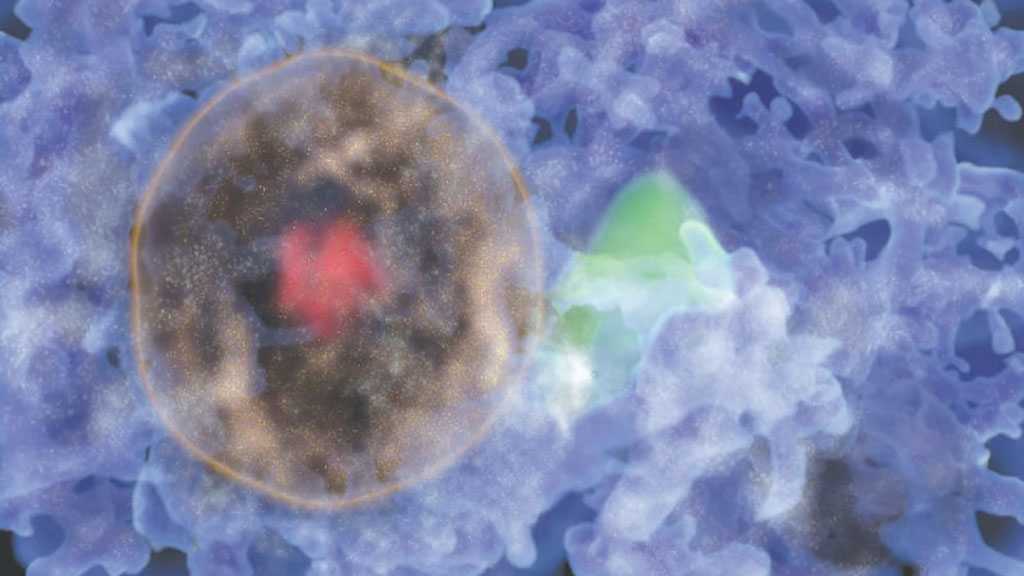Astronomers Discover First “Bubble of Galaxies” A Billion Light-Years Wide

By Staff, Agencies
A team of international astronomers have discovered the first “bubble of galaxies”, an unimaginably huge cosmic structure measuring one billion light-years across that is thought to be a fossilized remnant from just after the Big Bang.
The bubble is 10,000 times wider than the Milky Way galaxy, according to the scientists who made the discovery and published their findings this week.
“This phenomenal bubble is a fossil from the time of the Big Bang 13 billion years ago when the universe was formed,” team member Cullan Howlett, from The University of Queensland’s School of Mathematics and Physics, said in comments published on Thursday.
“We weren’t even looking for it, but the structure is so huge it spilled to the edges of the sector of the sky we were analyzing,” Howlett said in an interview published by the University of Queensland.
“It dwarfs many of the largest known structures, such as the Sloan Great Wall and Bootes supercluster, which actually form part of this bubble,” he said.
“What makes it even more unbelievable is it’s right in our back yard,” he added.
The bubble is centered approximately 820 million light-years from our own galaxy, in what astronomers call the nearby universe.
Howlett said the discovery provides a clearer picture of the rate of expansion of the universe, and the findings could revolutionize cosmology.
“Our analysis suggests because this bubble is larger than expected, the universe has expanded further than originally predicted,” he said.
“We’re now a step closer to a great change in the field of cosmology, where the whole model of the universe might need re-evaluating.”
Fellow team member Daniel Pomarede, an astrophysicist at France’s Atomic Energy Commission, said the bubble of galaxies can be thought of as “a spherical shell with a heart”.
Inside that heart is the Bootes supercluster of galaxies, which is surrounded by a vast void sometimes called “the Great Nothing”.
The shell contains several other galaxy superclusters already known to science, including the massive structure known as the Sloan Great Wall.
Pomarede said the discovery of the bubble, which is described in research he co-authored that was published in The Astrophysical Journal this week, was “part of a very long scientific process”.
The discovery also confirms a phenomenon first described in 1970 by Canadian-American cosmologist – and future physics Nobel Prize winner – Jim Peebles.
He theorised that in the primordial universe – then a stew of hot plasma – the churning of gravity and radiation created sound waves called baryon acoustic oscillations [BAOs].
As the sound waves rippled through the plasma, they created bubbles.
Approximately 380,000 years after the Big Bang, the process stopped as the universe cooled down, freezing the shape of the bubbles. The bubbles then grew larger as the universe expanded, similar to other fossilised remnants from the time after the Big Bang.
Astronomers previously detected signals of BAOs in 2005 when looking at data from nearby galaxies. But the newly discovered bubble is the first-known single baryon acoustic oscillation, according to the researchers.
The astronomers have called their bubble Ho’oleilana – meaning “sent murmurs of awakening” – taking the name from a Hawaiian creation chant.
The name came from the study’s lead author Brent Tully, an astronomer at the University of Hawaii.
Comments

FT: World Gripped by Mental Health Pandemic
24 days ago


